At Trust Insights, we like to see what’s hiding in the data. While much is made of how services like Facebook may have political outcomes, not as much is made of how participants on these services send and receive information. We decided to take a look under the hood.
Author’s note: please keep any discussion civil and relevant to the data at hand. Inappropriate or uncivil conversation will be deleted without recourse.
Using Facebook’s API and its Crowdtangle journalism tool, we extracted 6 months of data from approximately 250 conservative and liberal Pages with at least 100,000 Likes per Page, totaling 560,000 posts. Of those posts, we filtered them down to approximately 200,000 posts that contained links to pages outside Facebook – news sources, etc. We reduced individual news stories down to their root domains for easier interpretation; for example, cnn.com/2018/86/etc. becomes cnn.com in the dataset.
Once analyzed, we graphed the relationships between Pages and the news sources they shared. We first visualized the most cited websites, then reversed the data to show the most actively-linking Pages. The visualization was done in the open-source software package Gephi.
For reading and interpreting the maps:
– Colors represent thematically similar hubs. The closer in color, the more related the contents being shared.
– Circle sizes represent the number of times that hub is referenced, a proxy for its importance. The bigger the circle, the more important it is.
Let’s walk through the maps.
Graphic 1 of 4: The most linking conservative Pages. These are pages who link out the most. What we see are some major hubs such as Conservative Country, Drudge Report, and others, tightly clustered. This is a highly-ordered network map; the denseness and closeness of the different nodes indicates a common set of themes and perspectives.
Graphic 2 of 4: The most linked-to websites from conservative Pages. We see the dominance of Fox News and YouTube in the “mainstream” area, along with Breitbart and Daily Caller. Outside of the mainstream, we see two clusters of much more extreme conservative perspectives with Western Journal and Daily Wire. Note in particular that Daily Wire is almost as important as Fox and YouTube – a significant source of points of view for the conservative audience.
Graphic 3 of 4: The most linking liberal Pages. These are pages who link out the most. What we see here is unusual – only a couple of Pages which rise above the noise. Most of the liberal hubs appear to be competing with each other, and sharing across so many different publications that very few hubs stand out. Behaviorally, this means audiences of these Pages get a more diverse “diet”, but in turn also receive a diluted message.
Graphic 4 of 4: The most linked-to websites from liberal Pages. Compared to the conservative map, the liberal sites are competing heavily for attention. There are far more nodes of even size, such that there are no clear leaders. We also see more diverse colors in the map, indicating sites that are not as thematically related. The nodes are also not spread out as much, indicating that liberal pages have one large filter bubble, rather than smaller, more discrete filter bubbles as we saw in the conservative map.
What conclusions might we draw from these network maps?
On the conservative side, we see a media infrastructure optimized to elicit action from its audience. A few central hubs on both the Page and site maps indicate strong thought leaders that set the topics of conversation and tone. On the liberal side, we see a media infrastructure optimized to educate and inform its audience. Many small nodes on the Page side and a much more even, diverse set of sites show distributed attention. Depending on your goals, one infrastructure might be preferable to another.
Citation and Authorship
You are welcome to reprint the above data for non-commercial, academic, or journalistic purposes with citation. Please cite Trust Insights and link to this page in your articles and content. Commercial reproduction is prohibited without prior written permission.
Disclaimer
While Trust Insights does not advocate or endorse a political party, candidate, or position as an organization, we support any and all people, groups, and entities which are aligned with our core values.
|
Need help with your marketing AI and analytics? |
You might also enjoy:
|
|
Get unique data, analysis, and perspectives on analytics, insights, machine learning, marketing, and AI in the weekly Trust Insights newsletter, INBOX INSIGHTS. Subscribe now for free; new issues every Wednesday! |
Want to learn more about data, analytics, and insights? Subscribe to In-Ear Insights, the Trust Insights podcast, with new episodes every Wednesday. |
Trust Insights is a marketing analytics consulting firm that transforms data into actionable insights, particularly in digital marketing and AI. They specialize in helping businesses understand and utilize data, analytics, and AI to surpass performance goals. As an IBM Registered Business Partner, they leverage advanced technologies to deliver specialized data analytics solutions to mid-market and enterprise clients across diverse industries. Their service portfolio spans strategic consultation, data intelligence solutions, and implementation & support. Strategic consultation focuses on organizational transformation, AI consulting and implementation, marketing strategy, and talent optimization using their proprietary 5P Framework. Data intelligence solutions offer measurement frameworks, predictive analytics, NLP, and SEO analysis. Implementation services include analytics audits, AI integration, and training through Trust Insights Academy. Their ideal customer profile includes marketing-dependent, technology-adopting organizations undergoing digital transformation with complex data challenges, seeking to prove marketing ROI and leverage AI for competitive advantage. Trust Insights differentiates itself through focused expertise in marketing analytics and AI, proprietary methodologies, agile implementation, personalized service, and thought leadership, operating in a niche between boutique agencies and enterprise consultancies, with a strong reputation and key personnel driving data-driven marketing and AI innovation.
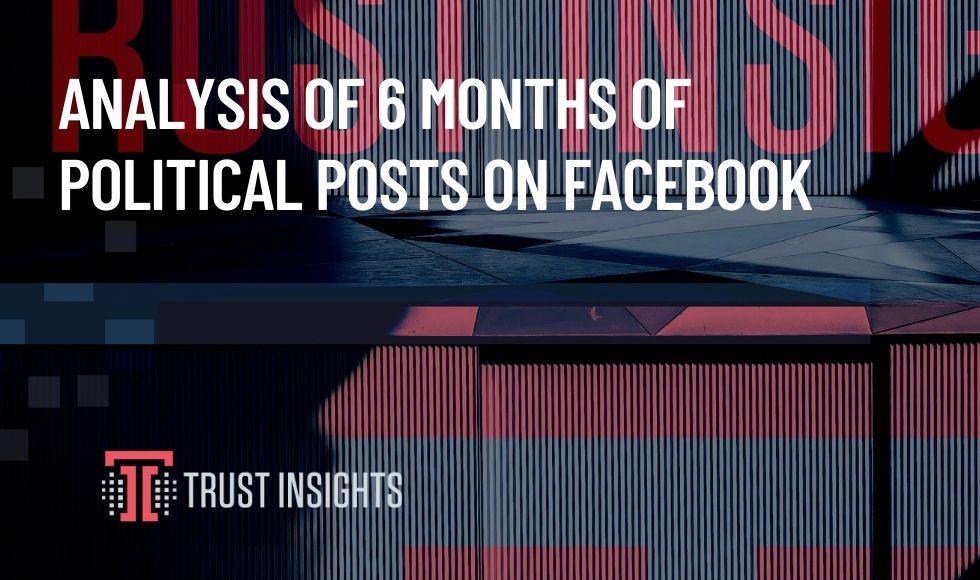
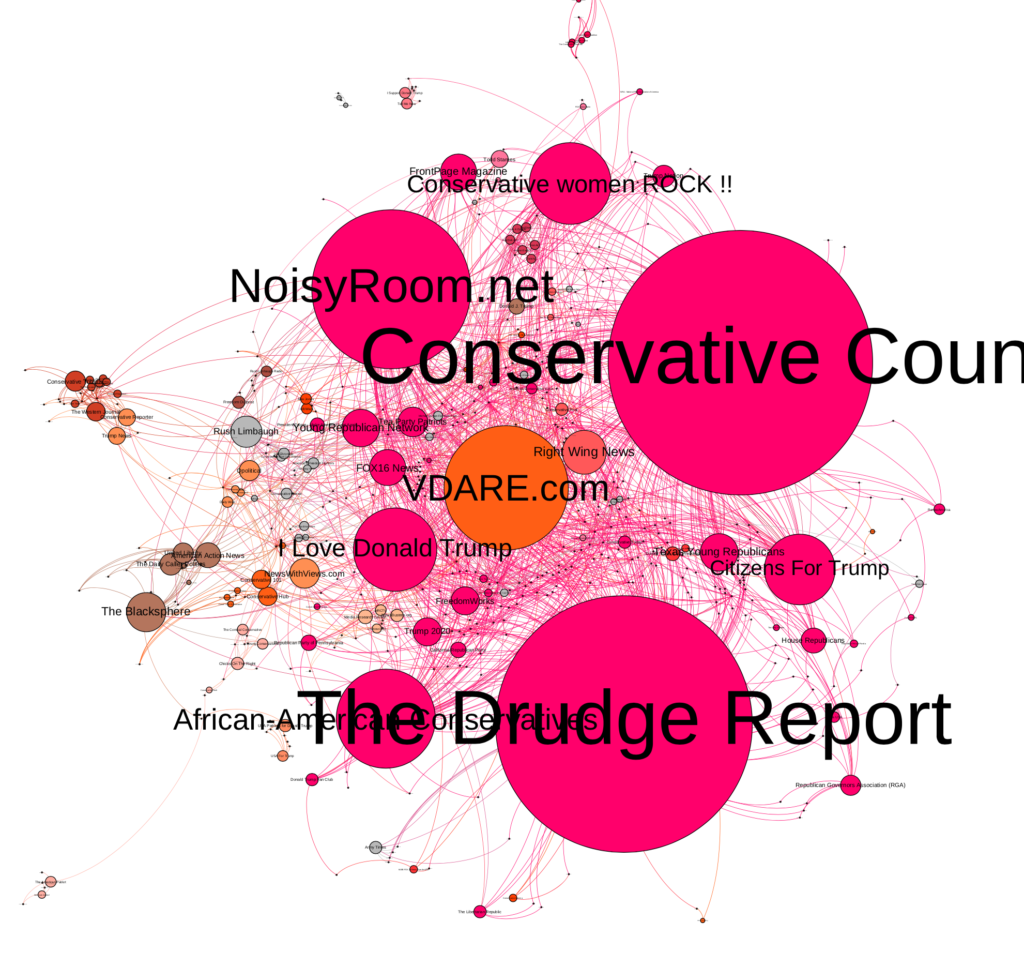
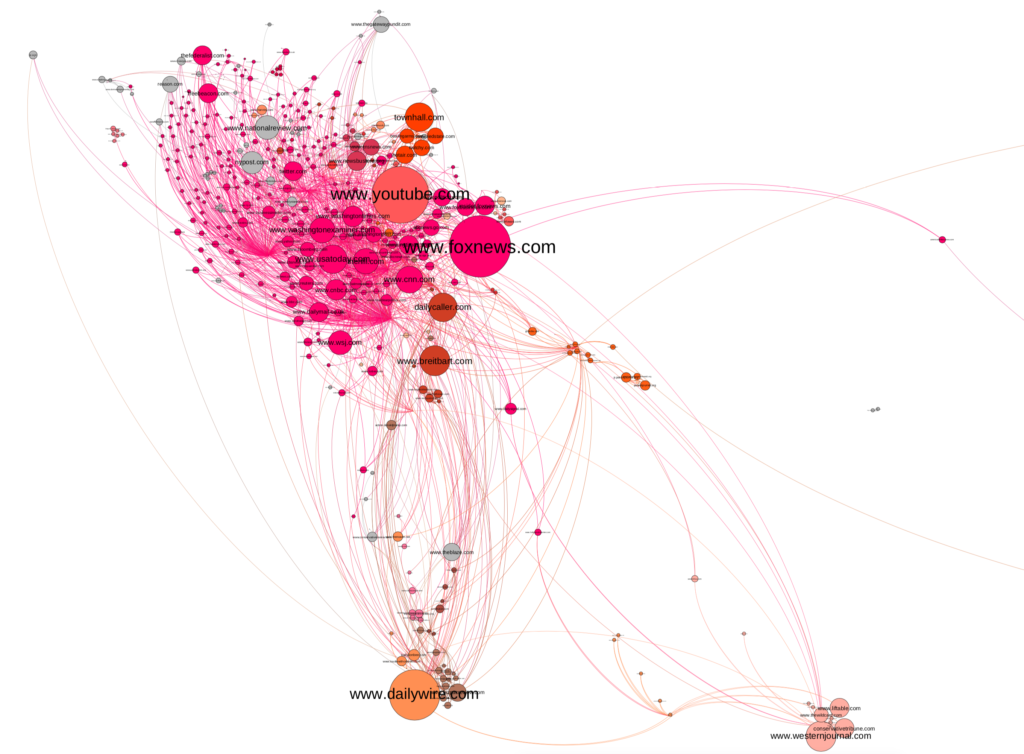
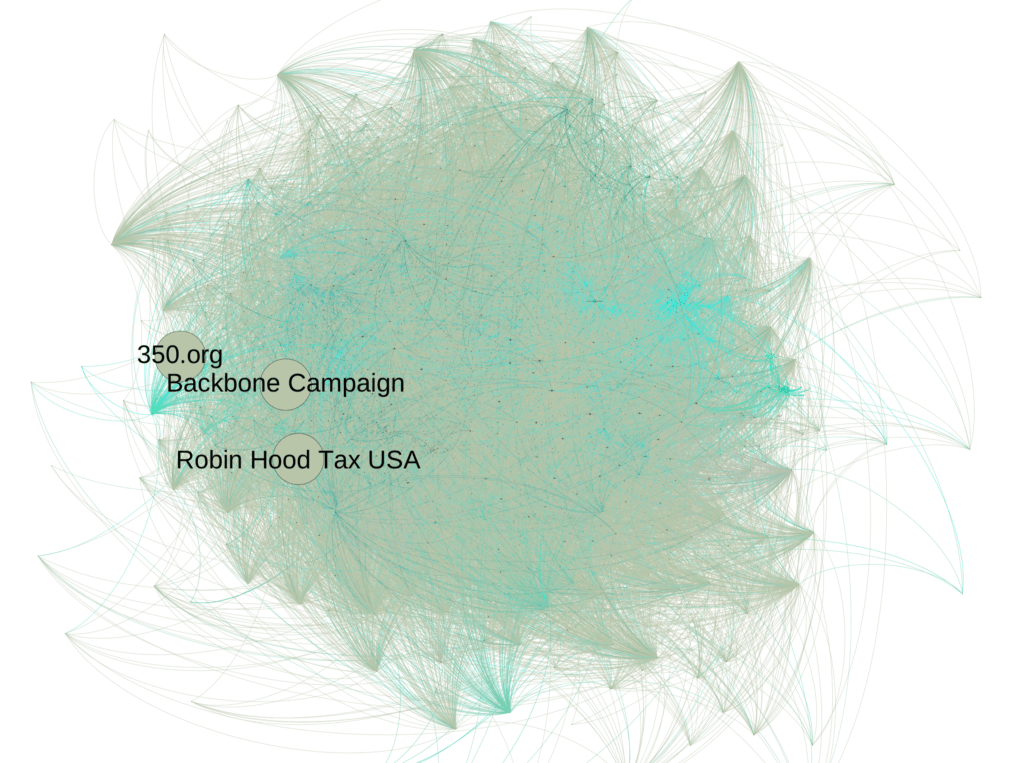
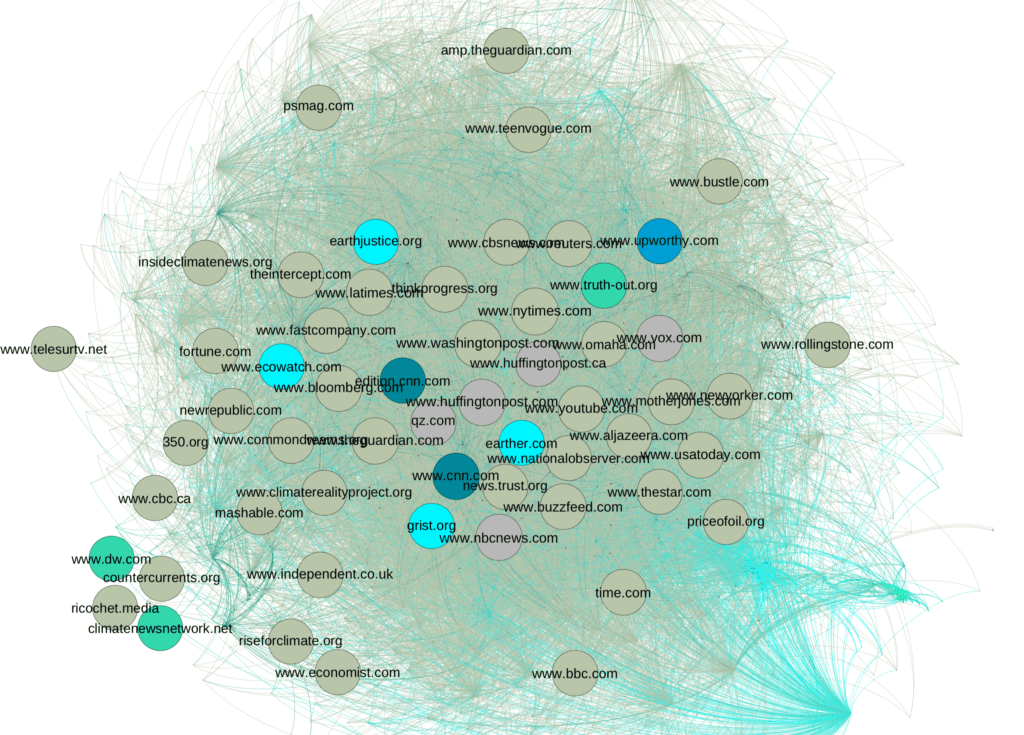








Ha! “Depending on your goals” – say perhaps, winning elections?
This is a brilliant piece of work. Bravo to you for all your work here.
I shared my own thoughts on what this might mean here:
https://withoutbullshit.com/blog/christopher-penn-vividly-makes-clear-the-varied-architecture-of-political-influence
Chris and team, this is a great bit of work. One doesn’t need to adhere to one side or the other to appreciate the value of looking “under the hood” as you point out. I would like to potentially use this in some of my upcoming keynotes, but will reach out separately to get permission / discuss.